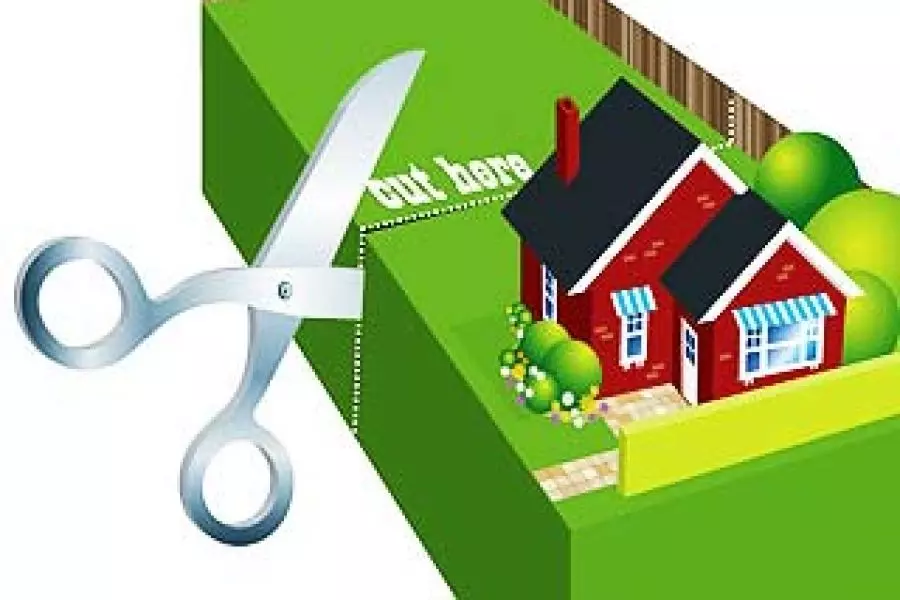News
No post Unitary Plan subdivision boom

Wednesday 13th of September 2017
Subdivision consent numbers from Auckland Council show that in the 10 months before the Unitary Plan came into effect the council had 3,171 subdivision (only) applications across the Auckland region
In the 10 months after the Unitary Plan came into effect, the council had 2,286 subdivision (only) applications across the region.
But Auckland Council GM resource consents Ia...
Want to read the full article?
Click the button below to subscribe and will have unlimited access to full article and all other articles on the site.






![[The Wrap] Bye Bye Bayly](https://goodreturns.publit.io/file/c_fill,w_900,h_600/39f23ac1-f7c7-4854-b700-a150004ebbac.webp)


